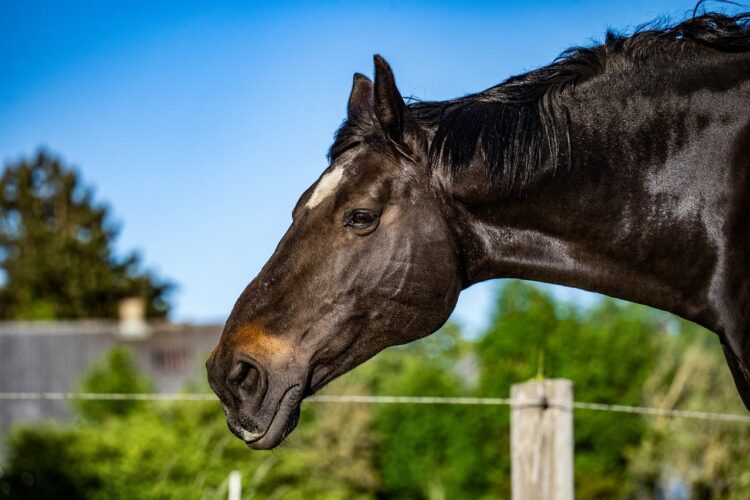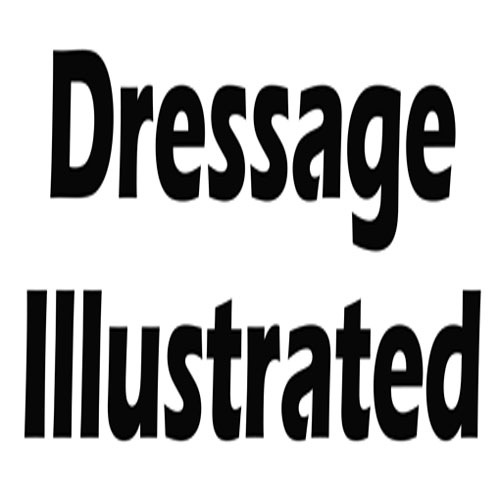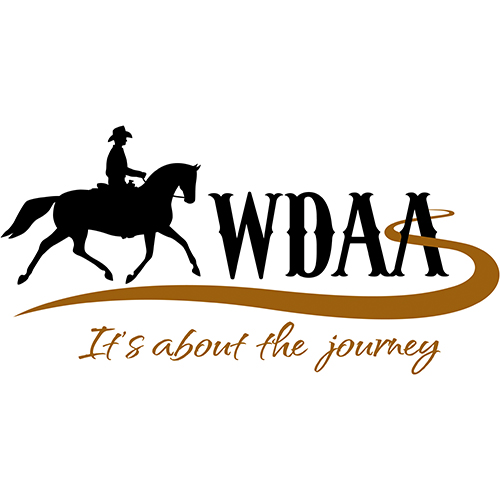Horse racing comes in many forms, as do the horses that compete. Some horse breeds consistently perform better than others, depending on the race, because they’ve been bred with the specific skills needed to excel in meeting the demands of specific race styles.
Today, we’ll broadly examine the horse racing industry and high-performing breeds across race styles, exploring what makes them excel in their respective races. Whether you’re a horse rider intrigued by the nuances of horse racing or a gambler who enjoys playing at legal USA online casinos, this article will broaden your understanding of the horses contributing to the thrill of a day at the tracks.
1. Thoroughbred
Known for being intelligent and athletic, Thoroughbreds are an incredibly common horse breed found on race days. The origins of this breed can be traced to the 16th century in England, from the crossing of Arabian and British breeds. All Thoroughbred lineages can be traced to three specific foundation sires: the Darley Arabian, the Godolphin Arabian, and the Byerly Turk. The breed has been developed to excel at many physically demanding race styles, including flat racing, jumping, and dressage.
On average, Thoroughbred horses are 15 to 17 hands in height (a hand is a traditional unit of measurement for horses, equivalent to four inches). The breed’s coloring typically varies from bay to black, brown, and grey.
2. Standardbred
The Standardbred breed, related to Thoroughbreds, has a reputation for being calm, loyal, and easy to train. Its lineage can be traced to an American Thoroughbred, but it has been bred to be more compact and muscular. The breed is best suited to harness racing thanks to its typically strong lower bodies.
Standardbreds usually reach 15 to 16 hands in height and weigh between 800 and 1,000 pounds. Like their Thoroughbred relations, their coloring varies from bay to black and brown.
3. Arabian
Arabian horses are renowned for their beauty, speed, and intelligence. They have been widely bred with other breeds to enhance desired traits in everything from workhorses to racing horses. The history of this breed is so far-reaching that its origins are only speculated about, with its earliest references and recordings dating to 3,000 BCE. The breed excels at endurance races, which cover longer distances and varied terrain.
Arabian horses are typically 14 hands in height and weigh 800 to 1,000 pounds. Their coloring and patterns vary among brown, black, grey, and roan, and it’s not uncommon for them to have distinguishing marks like white “socks” on their legs or white markings on their heads and bodies. They are also known for having large eyes and elegant necks. Arabian horses also possess unique physical qualities, such as having one fewer vertebra and rib compared to other breeds.
4. Appaloosa
Bred in the American Northwest by the Nez Perce tribe, Appaloosa horses are a widely recognized breed because of their distinct spotted pattern—dalmatian-like spots that can cover the entire body or rear half of the horse. The breed is larger than most, weighing an average of 1,100 pounds, making it a powerful horse breed for various racing and hunting styles.
The Appaloosa breed was nearly brought to extinction in the late 1800s when US officials slaughtered many of them in hopes of obtaining land from the Nez Perce tribe. The breed’s numbers have since been revived when interest in them surged in the 1930s.
5. American Quarter
The American Quarter Horse breed got its name for its specialty, reaching high speeds over a quarter mile. This breed is a sprinter breed of horses, making them ideal for short, speed-based racing events. The breed’s lineage can be traced to the 17th century when British and Spanish horses were bred in the United States. Their specialty is precisely what they were bred for, and they have become one of the most popular horse racing breeds in the US.
The American Quarter Horse is known for being friendly, even-tempered, and loyal, and its physical size can vary greatly. The average size of an American quarter horse ranges from 14 to 16 hands, and its weight from 950 to 1,200 pounds.
6. Morgan
Bred for harness racing and being general workhorses, Morgan horses are strong, agile animals typically found in harness racing, jumping events, and dressage. They are also the breed used for police forces and are reputed for being good with people of all ages. Morgan horses, whose lineage isn’t certain but is likely a combination of Thoroughbred, Arabian, and Friesian breeding, are compact and muscular. Their weight usually is around 1,000 pounds, and their height varies from 14 to 15 hands.
7. Friesian
Friesians, part working animal and part racehorse, are well suited to harness racing and show jumping. The horses originate from the Netherlands, specifically Friesland, and are considered agile and strong. They have been around for centuries, with the earliest references appearing in medieval art. The breed has come close to extinction but for very different reasons than the Appaloosa breed. The breed wasn’t in high demand and generated little interest, so it wasn’t bred—though this has since changed. Friesians are 15 to 16 hands tall on average and heavy-set, with an average weight of 1,300 pounds.
8. Akhal-Teke
The Akhal-Teke is a rare but well-known breed, primarily for its beautiful golden coat with a metallic sheen. The breed originates from Turkmenistan and has been bred with endurance in mind, though you’ll also find them at dressage and horse show events. The breed typically weighs between 900 and 1,000 pounds and stands between 14 and 16 hands tall.
Conclusion
Because of the diversity in horse breeds and skill sets, there’s a great deal of variance in what is considered the best breed for racing, but across the various horse racing events, these eight breeds stand out. Some have been bred for speed, while others for endurance. Across the board, however, these animals have reputations for being intelligent and loyal creatures that many horse lovers and horse racing fans find themselves endeared to.






















